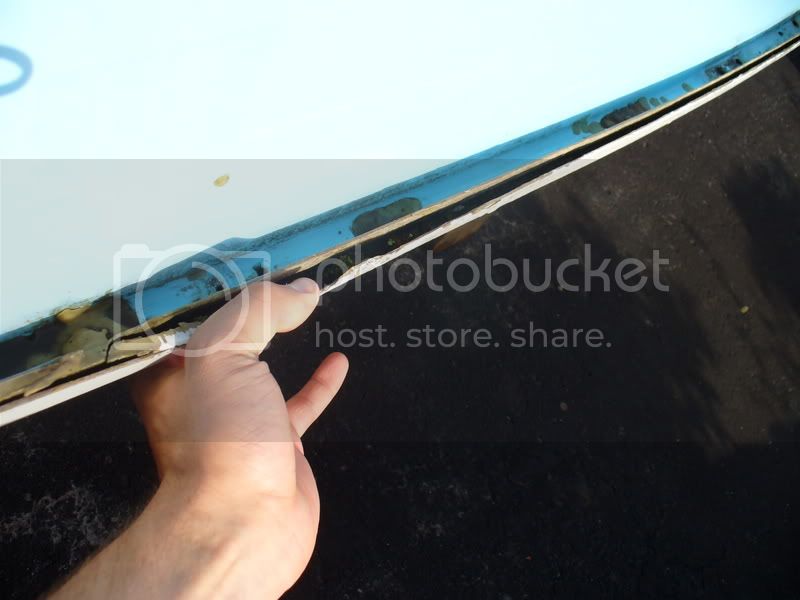Hi,
I just bought a laser 2 that needs restoration, the wood inside is rothed out and the hull deck joint needs to be redone as well as the mass step. I plan on doing this the right way by seperating the hull from the deck. I was wondering if there is a proper way to cut the deck off the hull and if there is a proper and recomended way to reinforce a laser 2 structure.
thanks,Alex
I just bought a laser 2 that needs restoration, the wood inside is rothed out and the hull deck joint needs to be redone as well as the mass step. I plan on doing this the right way by seperating the hull from the deck. I was wondering if there is a proper way to cut the deck off the hull and if there is a proper and recomended way to reinforce a laser 2 structure.
thanks,Alex














